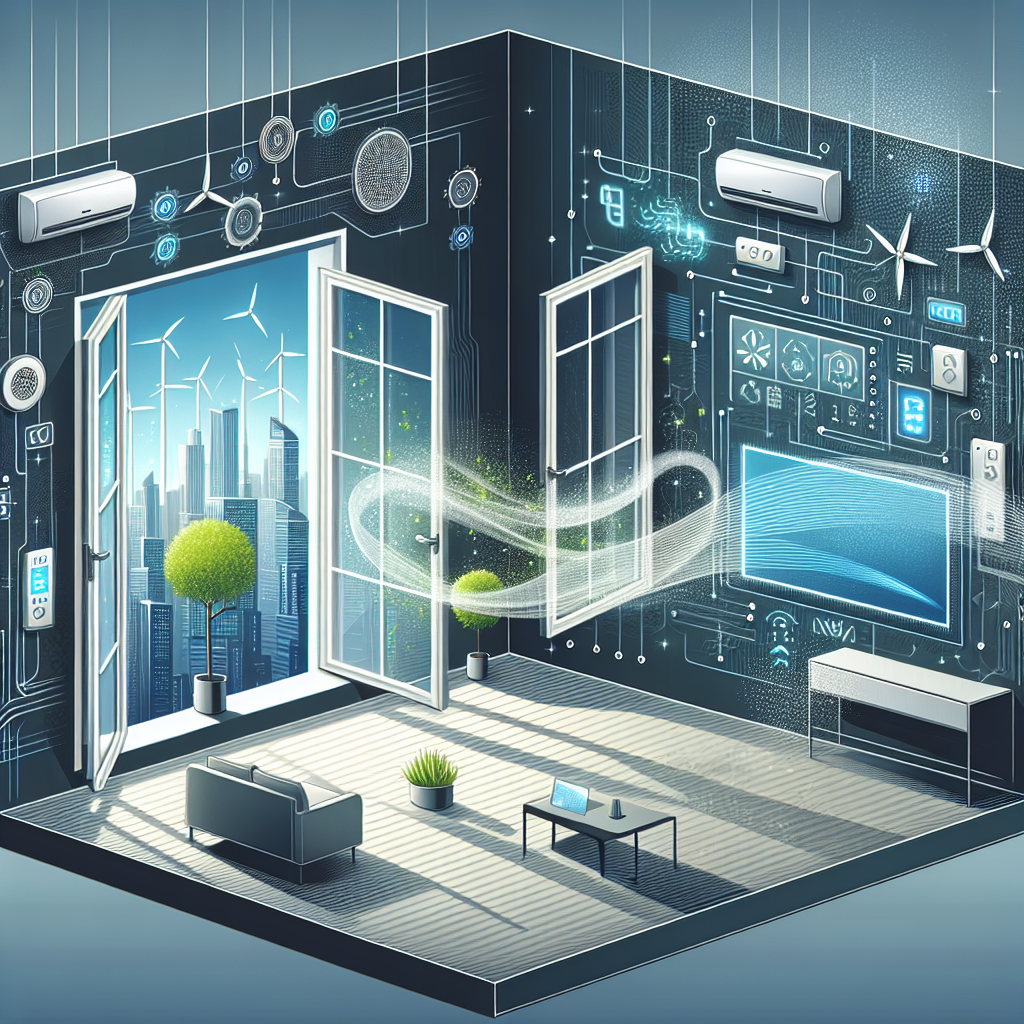Your cart is currently empty!
Smart Ventilation: Using Technology to Improve Indoor Air Quality

In recent years, there has been a growing emphasis on the importance of indoor air quality for our health and well-being. Poor indoor air quality can lead to a range of health issues, including respiratory problems, allergies, and even more serious conditions like asthma and lung cancer. With people spending more time indoors than ever before, it has become crucial to find ways to improve the air we breathe inside our homes and buildings.
One innovative solution that is gaining popularity is smart ventilation technology. Smart ventilation systems use sensors and algorithms to monitor and control the airflow in a building, ensuring that the air quality remains at optimal levels. These systems can adjust ventilation rates based on factors such as occupancy levels, outdoor air quality, and humidity levels, providing a more efficient and effective way to manage indoor air quality.
One key benefit of smart ventilation systems is their ability to reduce energy consumption while still maintaining good air quality. Traditional ventilation systems often operate on a fixed schedule, which can lead to unnecessary energy usage when the building is not occupied. Smart ventilation systems, on the other hand, can adjust ventilation rates in real-time based on the actual conditions in the building, leading to significant energy savings.
Another advantage of smart ventilation systems is their ability to provide real-time feedback on indoor air quality. By monitoring factors such as carbon dioxide levels, volatile organic compounds, and particulate matter, these systems can alert building occupants to potential air quality problems and help them take action to address them. This can be especially beneficial for individuals with respiratory conditions or allergies, as it allows them to proactively manage their indoor environment to reduce exposure to harmful pollutants.
In addition to improving indoor air quality, smart ventilation systems can also help to create a more comfortable and productive indoor environment. By maintaining optimal temperature and humidity levels, these systems can help to prevent issues such as mold growth and condensation, as well as improve overall occupant comfort. This can lead to higher productivity and satisfaction among building occupants, as well as a reduced risk of health problems associated with poor indoor air quality.
Overall, smart ventilation technology offers a promising solution for improving indoor air quality and creating healthier indoor environments. By using sensors and algorithms to monitor and control ventilation rates, these systems can provide more efficient and effective air quality management, leading to benefits such as energy savings, improved health outcomes, and increased occupant comfort. As the demand for healthier indoor environments continues to grow, smart ventilation technology is likely to play an increasingly important role in building design and operation.

Leave a Reply